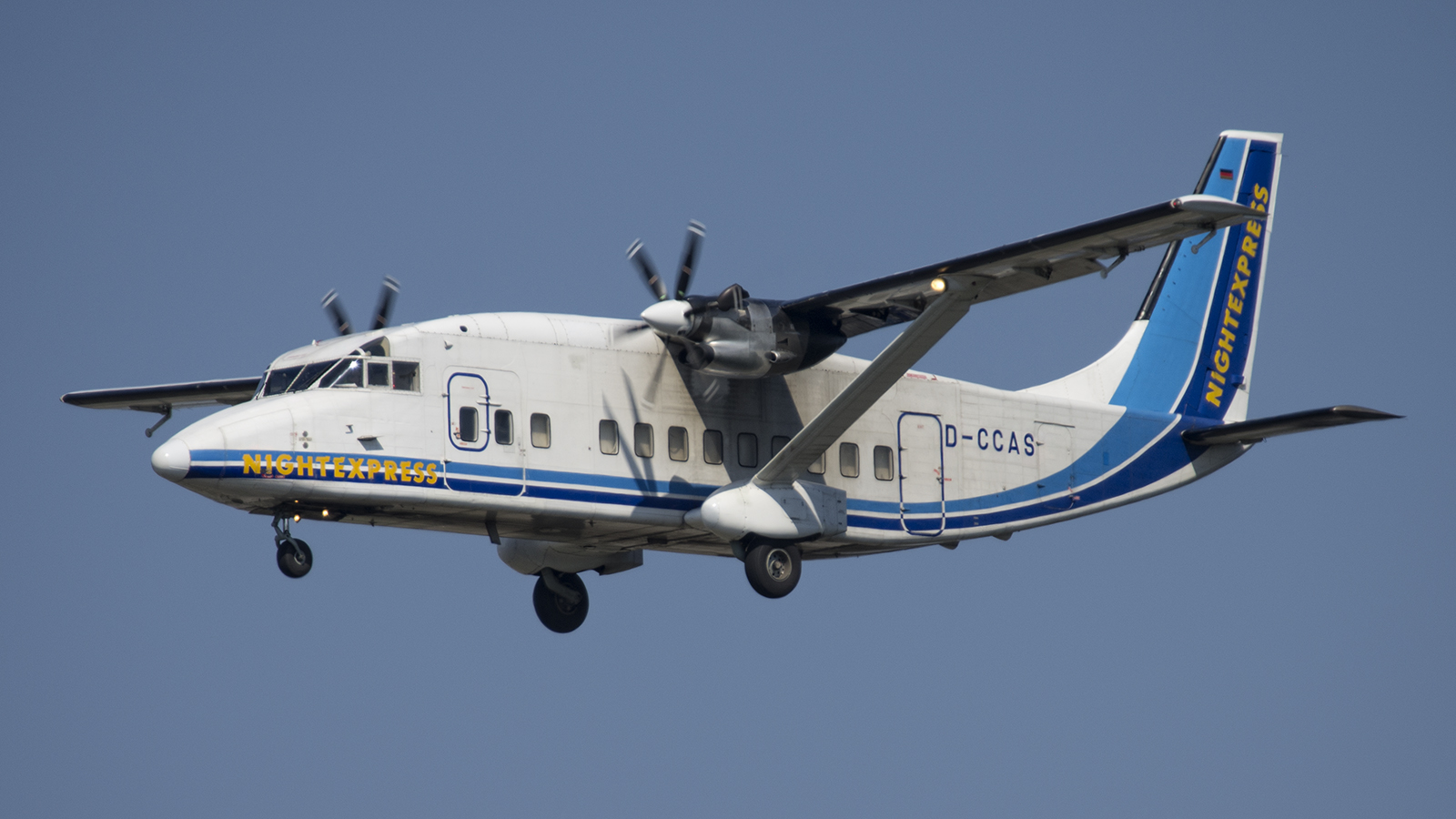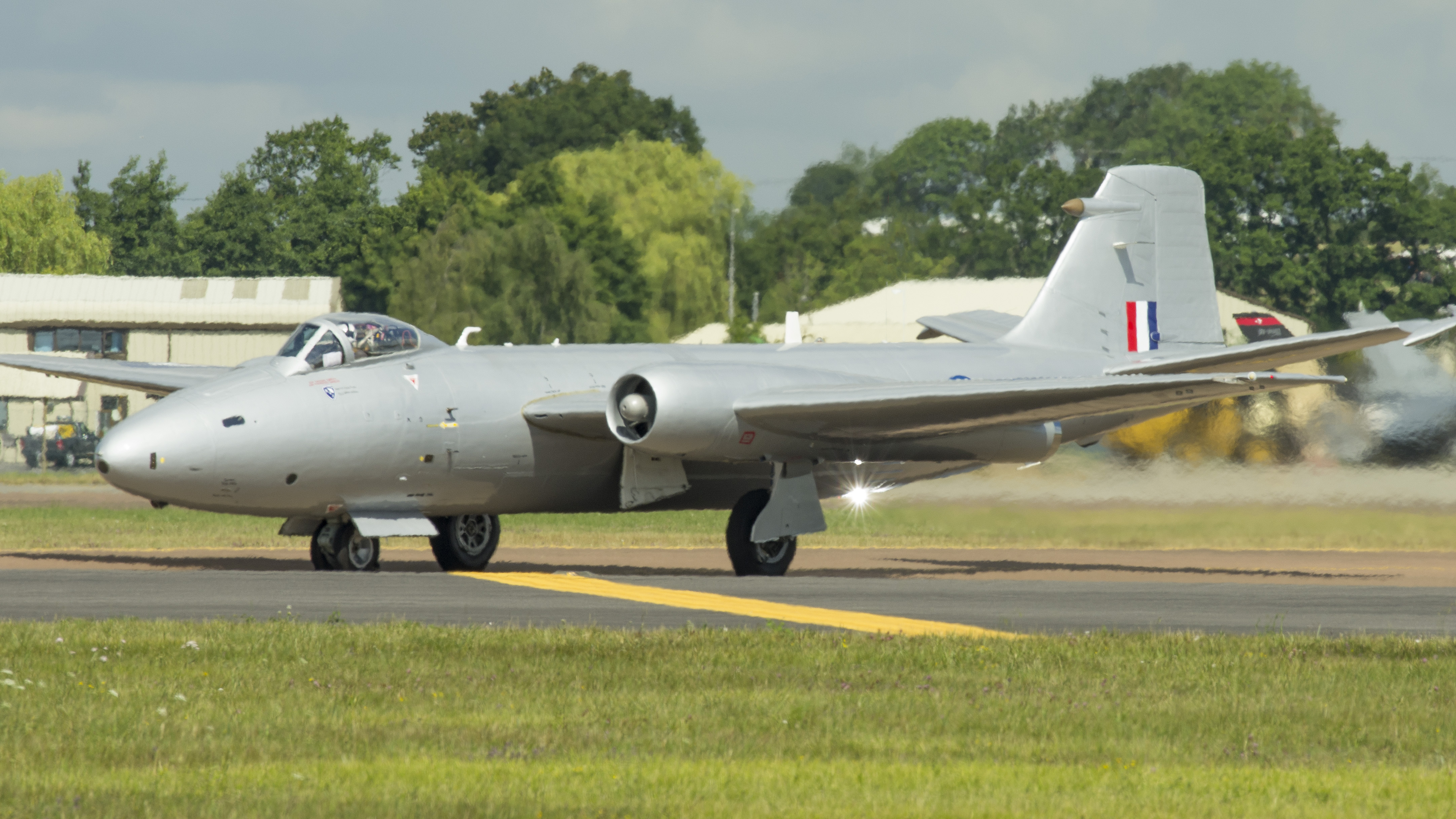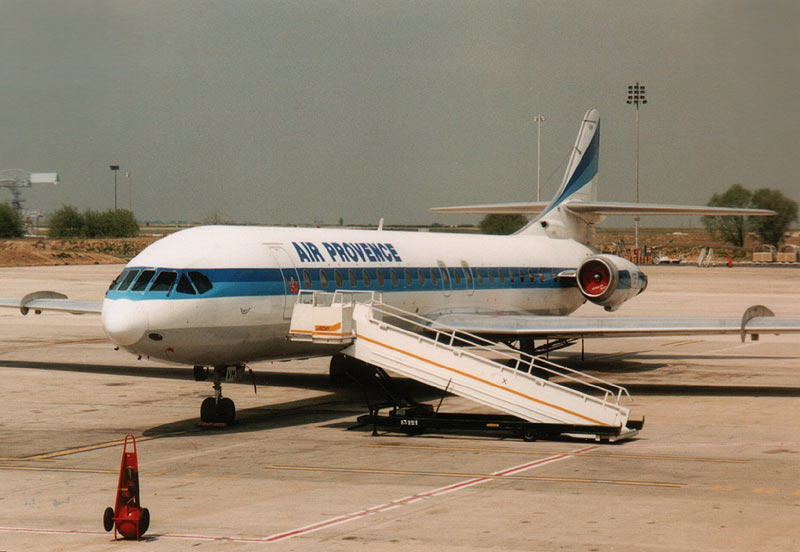
The Short 360 is a twin-engined regional airliner for up to 39 passengers produced by the British manufacturer Short Brothers plc. The Short 360 is a stretched development of the Short 330, itself a development of the S.C.7 Skyvan. The military versions C-23B+ and C-23C Sherpa, operated by the US-Army, are modified by replacement of the single-fin tail section with the twin-fin tail section including the cargo ramp of the Short 330.
Developing nation: Northern Ireland.
Manufacturer/designer: Short Brothers plc.
Production Lines: Belfast, Northern Ireland.
Type aircraft: Commuter transport aircraft.
First flight: 1 June 1981.
Built: 165.
Variants
- 360-100 – the first production model with Pratt & Whitney Canada PT6A-65R turboprop engines.
- 360 Advanced – with PT6A-65AR engines rated at 1,424 shp (1,062 kW) each. The aircraft was later redesignated 360-200. Introduced in late 1985.
- 360-300 – with more powerful PT6A-67R engines with six-blade propellers. Higher cruise speed and improved performance.
- 360-300F – the freighter version of the -300, with capacity for five LD3 cargo containers.
- Short C-23 Sherpa B+ and C variants are military configured Short 360s operated by the United States military.
General characteristics Short 360-300
- Crew: Three (Two pilots plus one cabin crew)
- Capacity: 36 passengers
- Length: 21.58 m (70 ft 9 in)
- Wingspan: 22.80 m (74 ft 9½ in)
- Height: 7.27 m (23 ft 10¼ in)
- Wing area: 42.18 m² (454 ft²)
- Airfoil: NACA 63A series (modified)
- Empty weight: 7,870 kg (17,350 lb)
- Max. takeoff weight: 12,292 kg (27,100 lb)
- Powerplant: 2 × Pratt & Whitney Canada PT6A-67R turboprop, 1,424 shp (1,062 kW) each
Performance
- Maximum speed: 470 km/h (280 mph, 242 kn) (at 3,409 m (18,000 ft)
- Cruise speed: 400 km/h (249 mph, 216 kn) at 4,167 m (22,000 ft)
- Stall speed: 136 km/h (85 mph, 73 kn) (flaps and landing gear down)
- Range: 1,178km (732 mi, 636 nmi)
- Service ceiling: 7,600 m (25,000 ft)
- Rate of climb: 4.7 m/s (952 ft/min)
All pictures courtesy of Zijde Aviation Photo and Publishing, Rob Vogelaar and Marcel van Leeuwen

